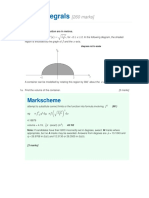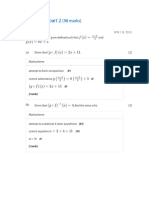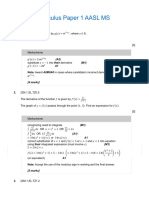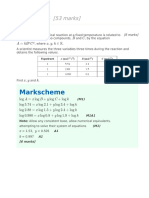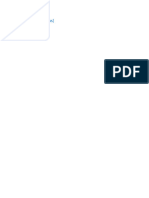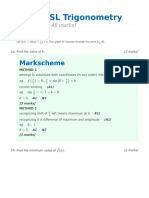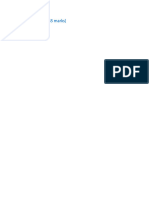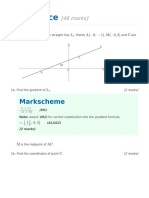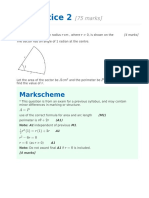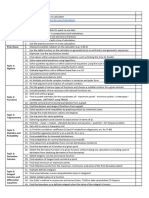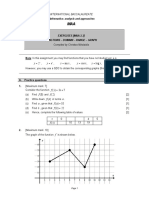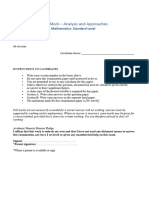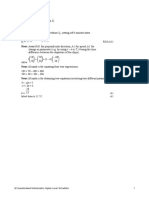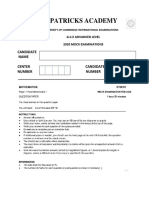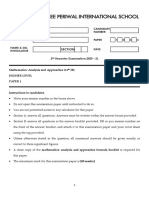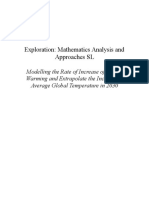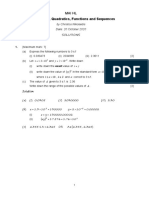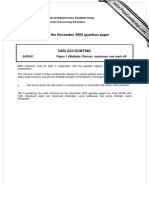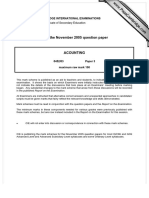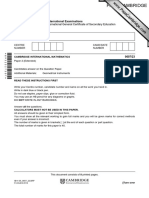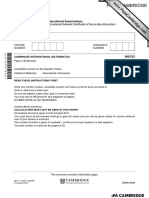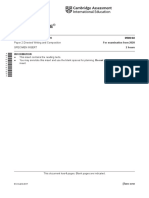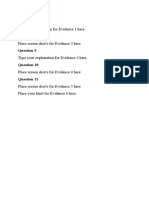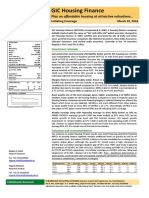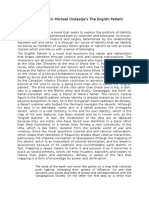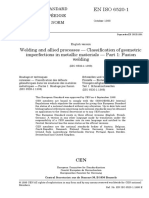100% found this document useful (1 vote)
496 views30 pagesIntegration Practice Key
The document discusses integration practice problems involving finding integrals, areas, derivatives, tangents and points of inflection of various functions. Several problems involve revolving regions bounded by graphs about the x-axis to find volumes or finding areas enclosed by graphs and lines. Solutions are provided marking schemes for each part of each problem.
Uploaded by
zeelCopyright
© © All Rights Reserved
We take content rights seriously. If you suspect this is your content, claim it here.
Available Formats
Download as PDF, TXT or read online on Scribd
100% found this document useful (1 vote)
496 views30 pagesIntegration Practice Key
The document discusses integration practice problems involving finding integrals, areas, derivatives, tangents and points of inflection of various functions. Several problems involve revolving regions bounded by graphs about the x-axis to find volumes or finding areas enclosed by graphs and lines. Solutions are provided marking schemes for each part of each problem.
Uploaded by
zeelCopyright
© © All Rights Reserved
We take content rights seriously. If you suspect this is your content, claim it here.
Available Formats
Download as PDF, TXT or read online on Scribd
/ 30



